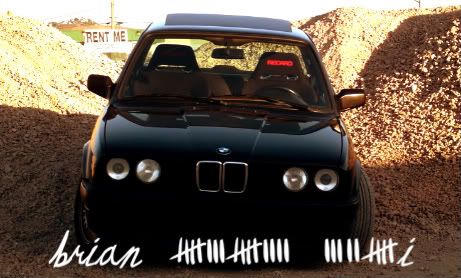Originally posted by boom-monkey
Announcement
Collapse
No announcement yet.
Carbon Driveshaft?
Collapse
X
-
 trent
trent
Isn't true. Diff moves plenty. Also, even if the diff is "solid mounted" to the subframe the subframe isn't hard mounted to the car. Therefore, the whole assembly will also move.
-
 trent
trent
No, good point. :)Originally posted by boom-monkeyYeah, true.
But is the movement of the diff/subframe assembly enough to consider it part of the suspension travel like with a solid axle?
Comment
-
OOPS! Brainfart. I was thinking of my truck at that time for some odd reason. Though I still think the DS would be at too extreme of an angle without a u-joint in there.Originally posted by boom-monkeyLast I checked our cars have IRS. Meaning the differential is mounted to the subframe, hence no movement of the diff.and this doesn't even accounty for rear suspension travel.
Comment
-
Sweet, this thread is still going!
Yeah, you would need 2 things to make this reliable.
1) U-Joint to account for any up/down/left/right diff movements. Unless you go with solid Aluminum subframe mounts, there will be a little movement. And a LITTLE is more than enough to eventually cause fatigue failures (the movements would be causing the shaft to undergo cyclic loading in a cantilever fashion, which it is not designed for).
2) You would need a splined slip-joint. Think simple geometry. If the shaft is moving up & down/left & right a little, the u-joint takes care of all that bad stuff & you are fine? Nope, when it moves up & down it will be undergoing axial compression/tension (mostly compression, as the subframe moves up past its original point more than it goes below when dealing with bumps). The tension is problem enough for the yoke-shaft intersection; even slight cyclic axial compression is more than enough to cause the shaft to shatter ina hurry.
Aaanyway, ACPT likely has a team of good engineers over there that have considered this already. I would be more than willing to bet that they have implemented the aforementioned items in their designs. I am ALMOST done getting my BS in Mechanical Engineering and these thigns are pretty apparent. They probably have far more experienced folks there.
So, for $1500 it is probably worth it if you have already tuned a lot of other stuff. And, sure an engine swap would probably be a more cost effective investment, but it would be nowhere near as UNIQUE. For some reason, tuning and dyno numbers alone seem to be synonymous. Tuning sure can have a lot to do with numbers, but making your car UNIQUE is just as valid a form of tuning as getting the most bang for the $.
And finally, to reiterate, the CF shaft would give far more enjoyment in the driveability department than in the power department. Launches would be smoother & snappier, there would be less wear on the tranny, and better acceleration response.
If you get me some #'s on the shaft stock dimensions I can tell you how much rotational mass you are shedding. It is not going to be very large. The driveshaft has a pretty small radius (the biggest factor by far in the rotational inertia calculation, by far. radius is to the 4th power in the equation). Now, if they were to make a reasonably smaller diameter shaft you might feel something, but I do not think they would in the interest of reliability & a good factor of safety.
Phew, maybe I should publish this into a book!
Comment
-
TJ, from what i understand there is more initial flex in the composite than in a steel driveshaft so it absorbs some of the harshness.(thats what ive been told at least) Also, yeah a motor swap would be more cost effective. thats why one will take place. Im planning an OBDI S52 with a 6 speed. And on that note didnt the later transmissions use a CV style trans output flange? Would that make up for the splined slipjoint?
Brian
O.T. Im starting school for my B.S. in ME this quarter. I cant wait untill i get into the upper division classes.
Comment
-
Yeah, upper division stuff is fun at times. Lots of work if you do not manage your time real well. The 1st couple years were tough...all the math & basic theory, along with excessive partying many nights of the week. At least I made it through!
And yeah, launches are smoother because the composite shaft can undergo lots more elastic deformation upon launching. That allows it to absorb more energy initially, storing it like a spring, and giving it back after te initial launch period.
Comment



Comment